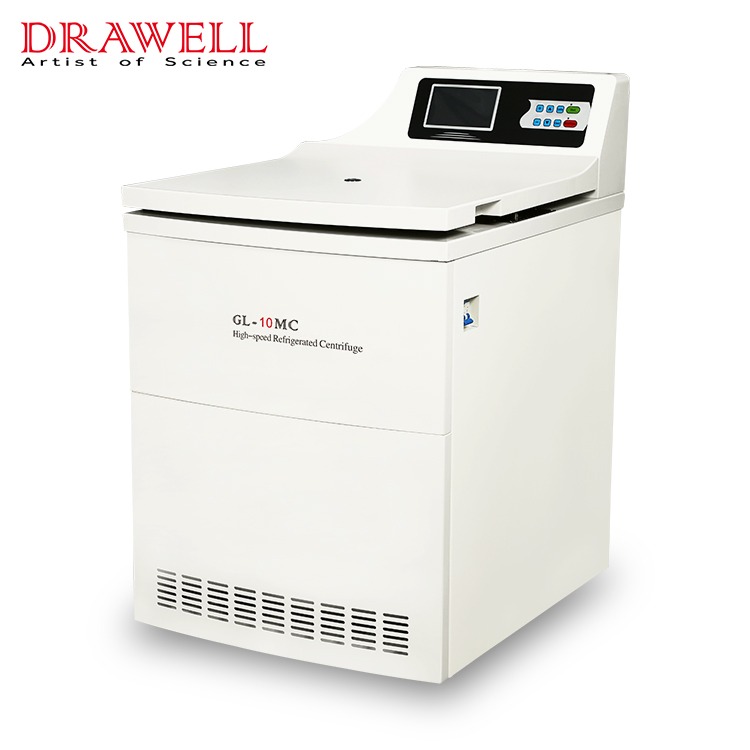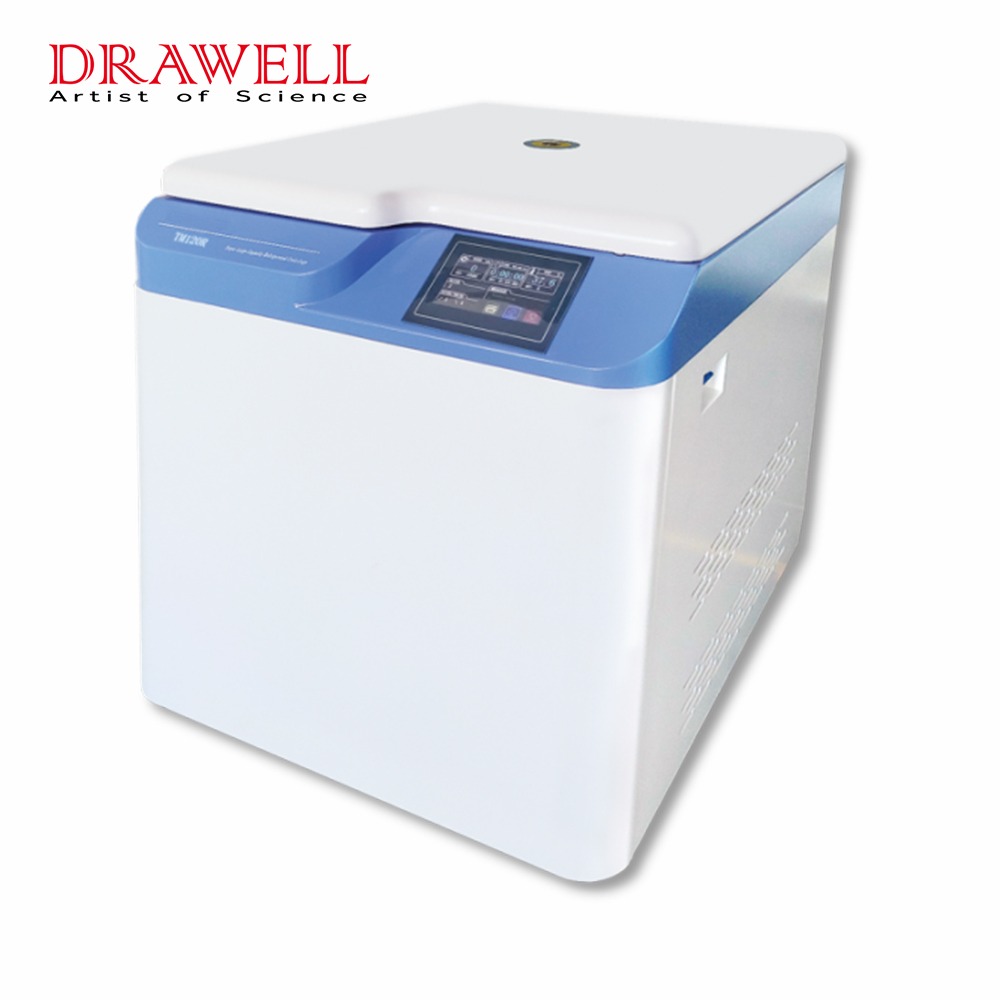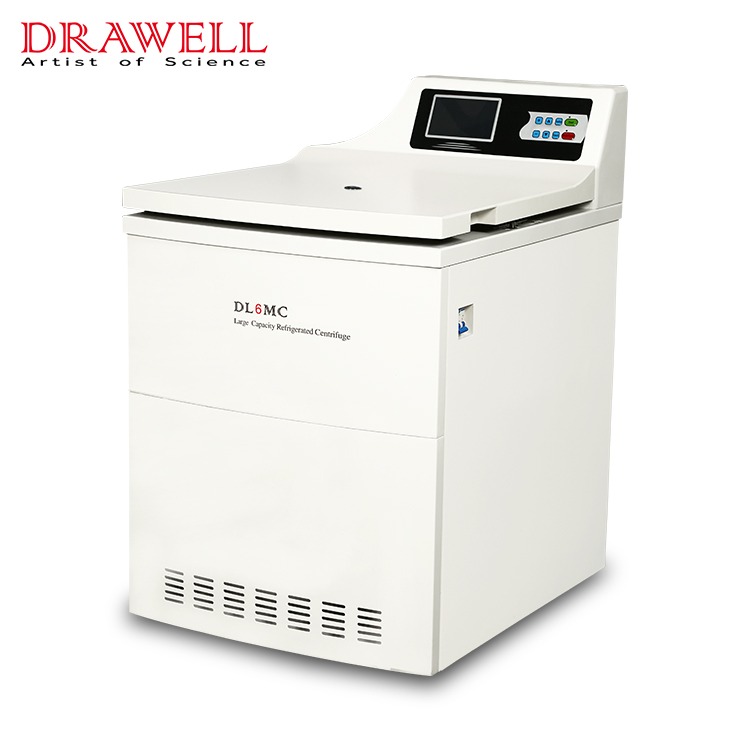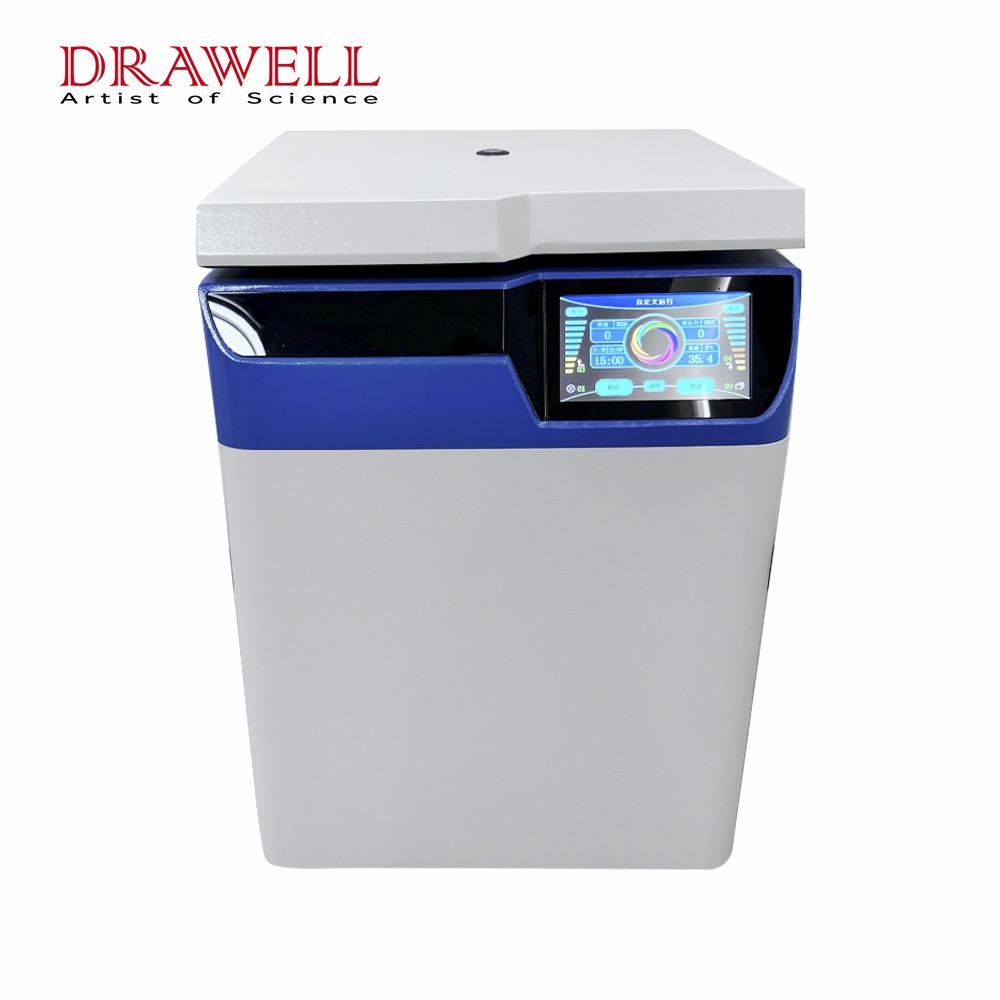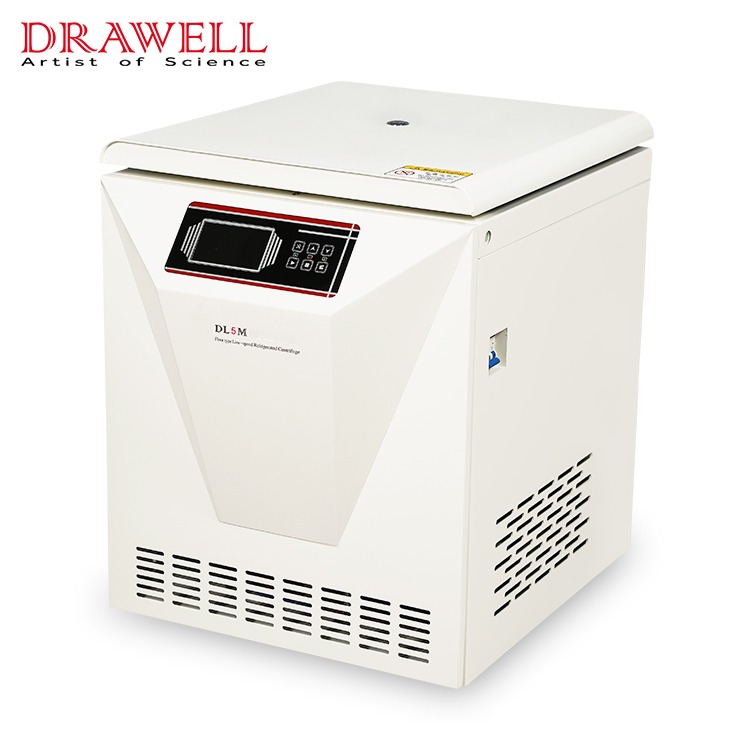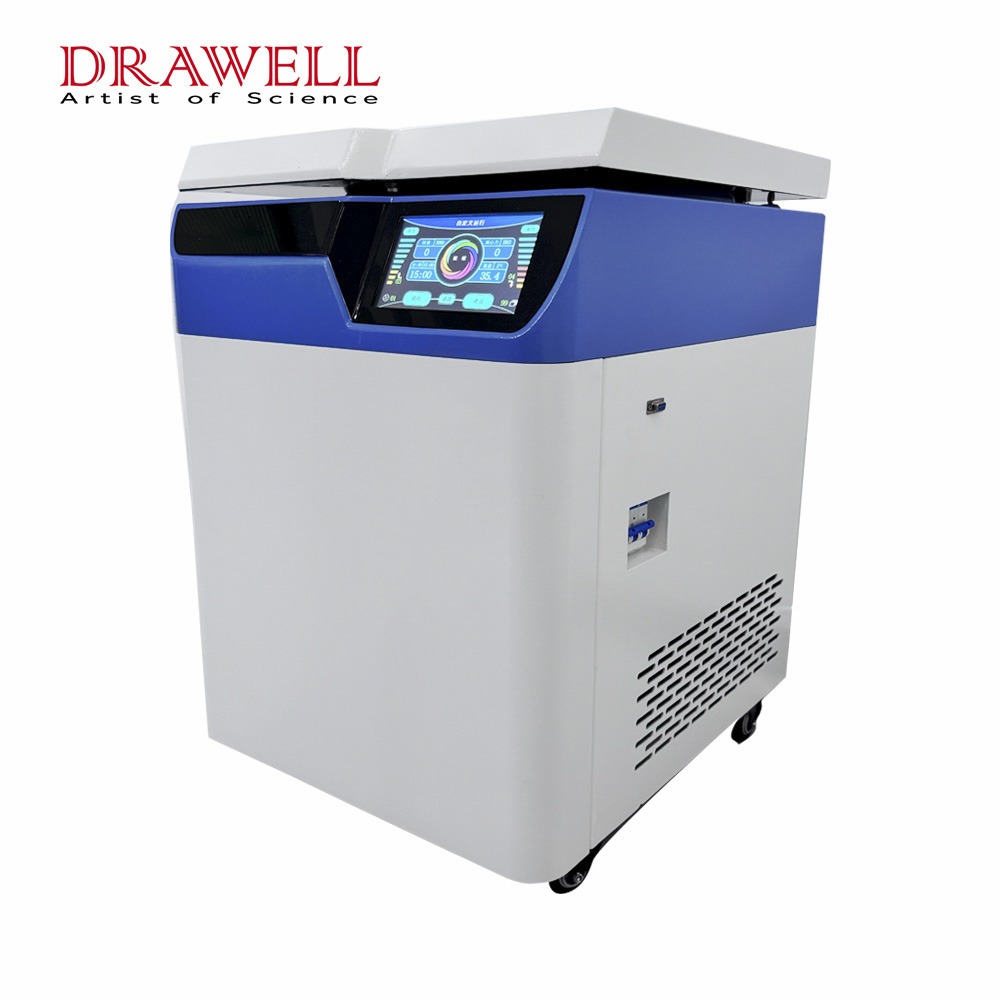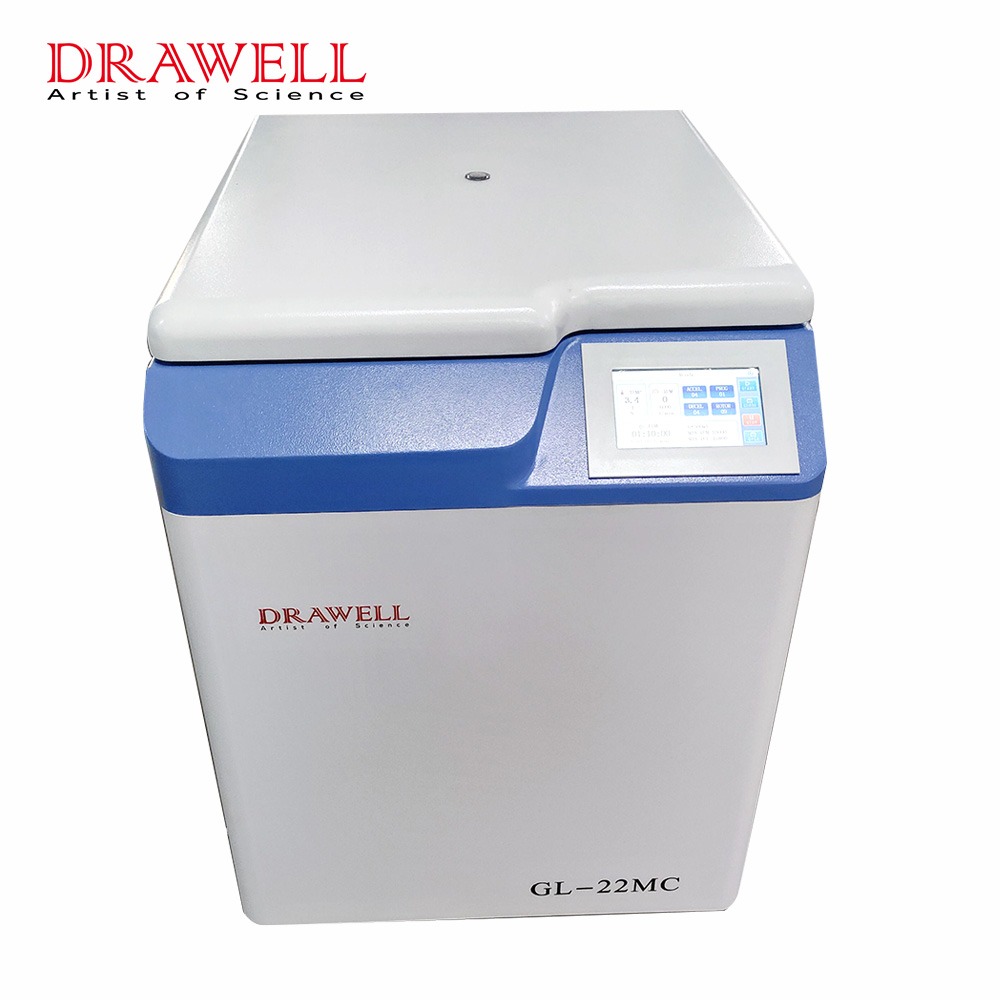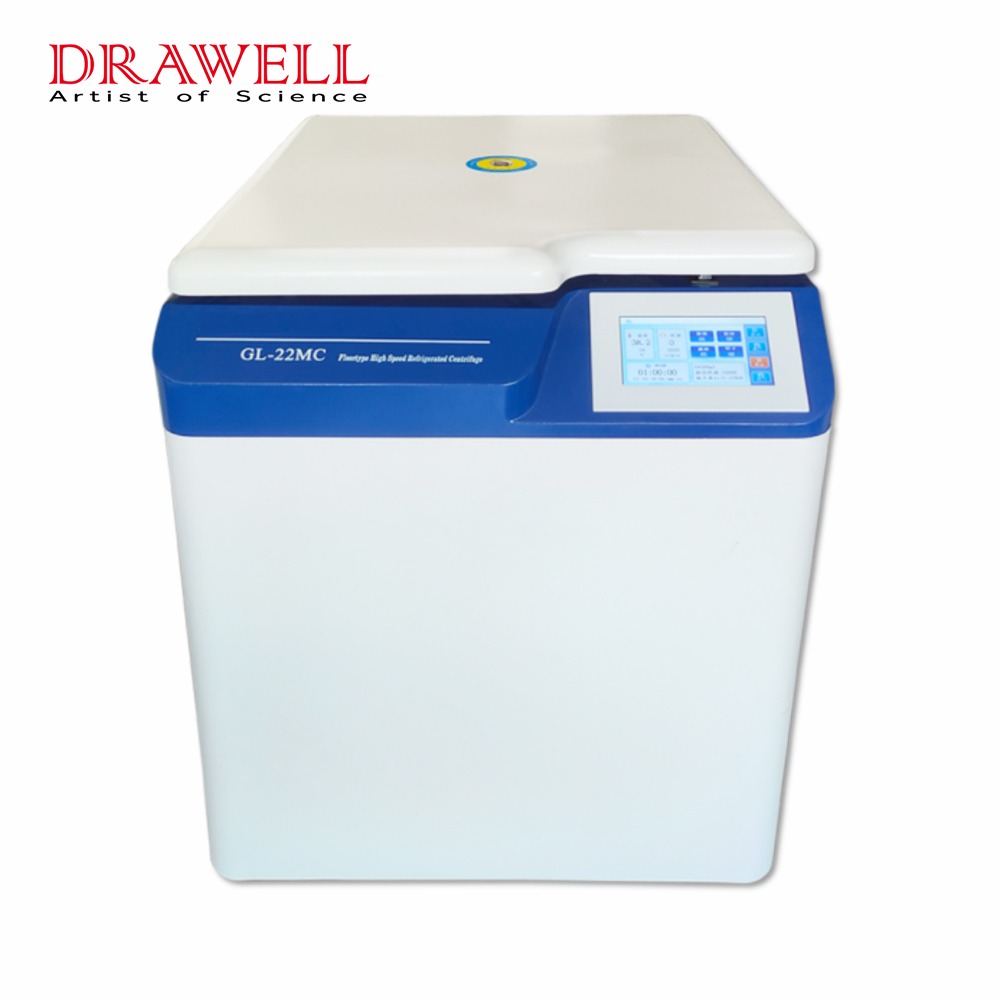Floor centrifuges are essential instruments in laboratories and industrial settings, utilized for separating substances of different densities through high-speed spinning. However, the high-speed operation of floor centrifuges often leads to significant noise and vibration, which can impact the accuracy of results, safety, and the working environment. Effective noise reduction and vibration control in floor centrifuges are crucial for optimal performance and user comfort.
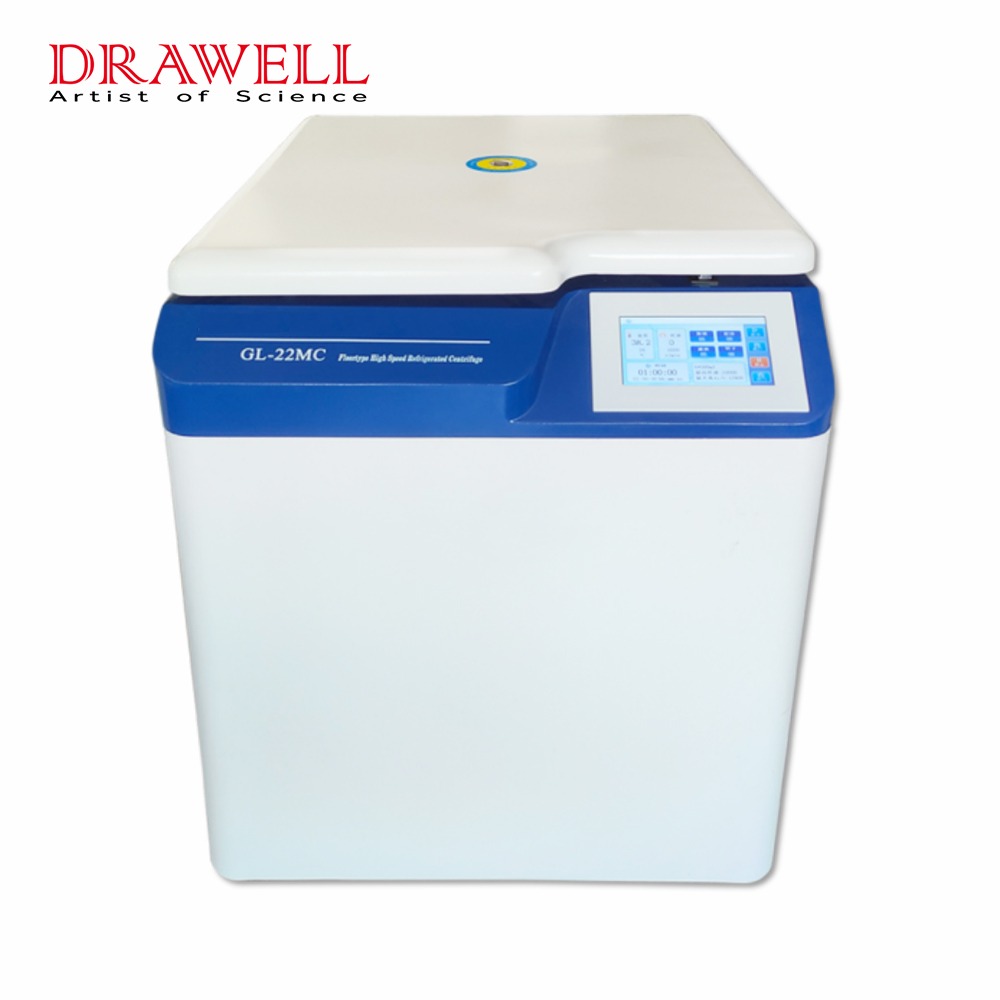
Understanding the Sources of Noise and Vibration in Floor Centrifuges
Noise and vibration in floor centrifuges primarily originate from several sources:
- Rotor Imbalance: Even minor imbalances in the rotor can cause significant vibration due to the high rotational speeds.
- Mechanical Wear and Tear: Over time, components such as bearings and seals can wear out, leading to increased noise and vibration.
- Structural Resonance: Certain frequencies can resonate with the centrifuge’s structure, amplifying vibrations.
- Environmental Factors: External vibrations from other equipment or structural vibrations from the building can affect the centrifuge.
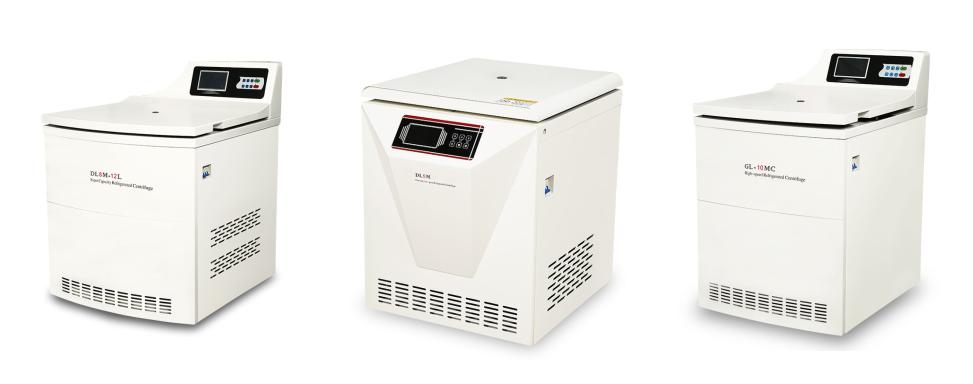
How to Realize the Noise Reduction and Vibration Control in Floor Centrifuges?
Effective noise reduction and vibration control in floor centrifuges are essential for enhancing performance, safety, and user comfort. Here’s a detailed guide on implementing these strategies in your laboratory or industrial setting
1. Assessment and Planning
Begin by conducting a thorough assessment of the current noise and vibration levels and identifying the primary sources. This will help you develop a comprehensive plan tailored to your specific centrifuge and environment.
Steps
- Baseline Measurement: Use decibel meters and vibration sensors to measure current noise and vibration levels.
- Source Identification: Identify the primary sources of noise and vibration, such as rotor imbalances, worn components, or external environmental factors.
- Plan Development: Develop a detailed plan that outlines the strategies you will implement, timelines, and responsible personnel.
2. Regular Maintenance
Routine maintenance is crucial for preventing and minimizing noise and vibrations.
Steps
- Inspection Schedule: Establish a regular inspection schedule for rotors, bearings, seals, and other components.
- Lubrication: Ensure all moving parts are properly lubricated according to the recommendations of centrifuge manufacturers .
- Replacement: Replace worn or damaged components promptly to prevent excessive noise and vibration.
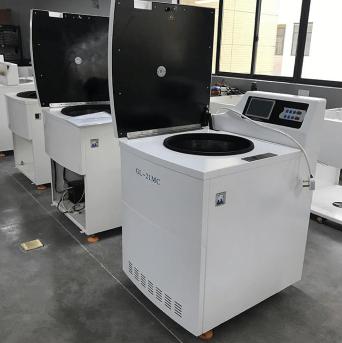
3. Balanced Loading
Proper loading of samples is essential for maintaining balance and reducing vibrations.
Steps
- Training: Train operators on the importance of symmetrical loading and the use of counterweights.
- Loading Procedures: Develop and enforce standard operating procedures (SOPs) for loading samples to ensure balance.
4. Advanced Rotor Design
Using advanced rotor designs can significantly reduce vibrations.
Steps
- Rotor Selection: Choose dynamically balanced centrifuge rotors made from high-quality, lightweight materials.
- Upgrades: Consider upgrading to newer rotor designs if your current rotors are outdated or prone to causing vibrations.

5. Vibration Isolation
Isolating the centrifuge from external vibrations is vital for minimizing noise and vibrations.
Steps
- Shock Absorbers: Install shock absorbers or anti-vibration mounts under the centrifuge.
- Floating Floors: If feasible, install floating floors in the laboratory to further isolate the centrifuge from building vibrations.
- Stable Surfaces: Ensure the centrifuge is placed on a stable, level surface to prevent amplification of vibrations.
6. Soundproofing
Implementing soundproofing measures can help contain noise within the centrifuge area.
Steps
- Enclosures: Use soundproof enclosures around the centrifuge to contain noise.
- Acoustic Panels: Install acoustic panels on walls and ceilings to absorb sound waves and reduce overall noise levels.
7. Control Systems
Advanced control systems can help manage noise and vibrations effectively.
Steps
- Variable Frequency Drives (VFDs): Implement VFDs to gradually control the centrifuge’s speed, reducing sudden changes that cause noise and vibrations.
- Active Vibration Control: Consider using active vibration control systems that detect and counteract vibrations in real-time.
8. Operator Training
Proper training ensures that operators handle the centrifuge correctly, minimizing noise and vibrations.
Steps
- Training Programs: Develop training programs that cover proper loading techniques, handling procedures, and routine maintenance checks.
- SOPs: Create and enforce SOPs for all centrifuge operations.
9. Continuous Monitoring
Continuous monitoring helps in early detection and correction of noise and vibration issues.
Steps
- Sensors: Install vibration sensors and noise monitors to continuously track levels.
- Data Analysis: Regularly analyze data to identify patterns and potential causes of excessive noise and vibrations.
- Proactive Maintenance: Use monitoring data to schedule proactive maintenance and address issues before they become serious.
10. Implementing the Plan
- Execution: Implement the strategies outlined in your plan, starting with the most impactful changes. Ensure all personnel are aware of the changes and their roles in the implementation.
- Monitoring: Continuously monitor noise and vibration levels using the installed sensors and adjust your strategies based on the data collected.
- Feedback: Gather feedback from operators and other personnel to identify any ongoing issues or areas for improvement.
- Adjustment: Make necessary adjustments to the plan and strategies based on monitoring results and feedback to ensure long-term noise and vibration control.
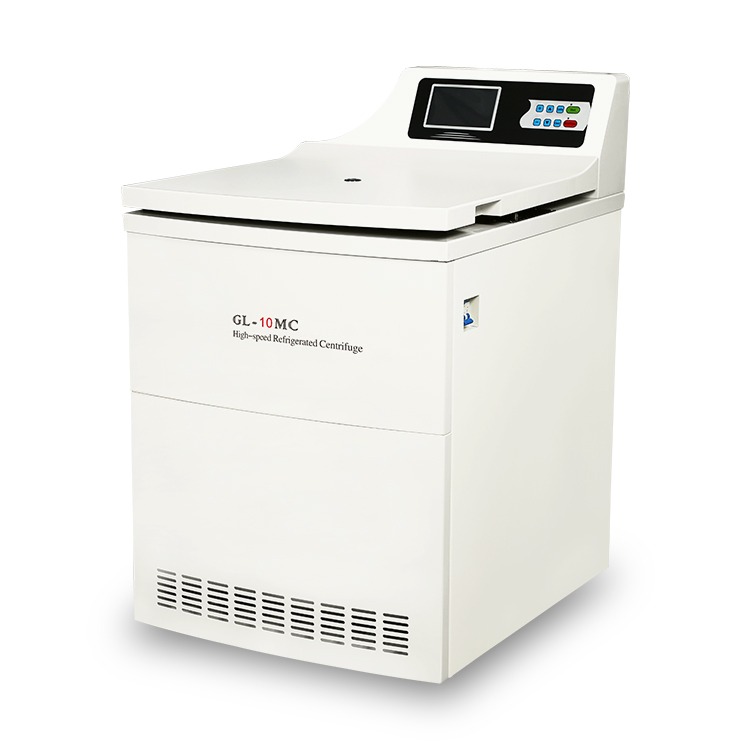
Conclusion
Through understanding the sources of noise and vibration and implementing effective strategies, laboratories and industrial facilities can enhance the performance and longevity of their centrifuges. Regular maintenance, design improvements, and environmental modifications are key components in achieving a quieter and more stable centrifuge operation.

